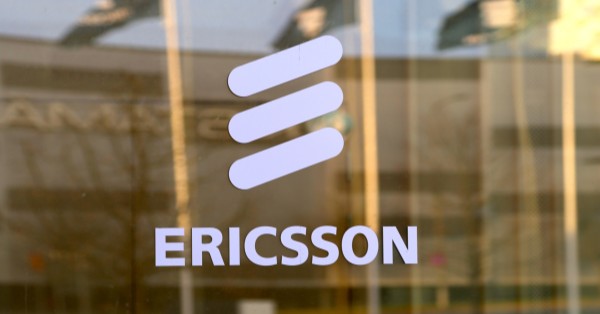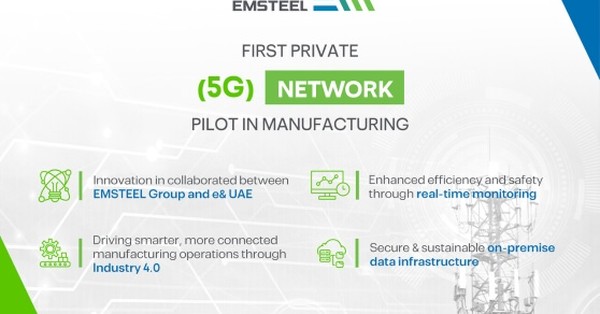Ericsson–EDC $3B partnership to scale 5G, Cloud RAN, AI and quantum R&D in Canada
Ericsson has secured a three-year, $3 billion partnership with Export Development Canada (EDC) to expand R&D, fortify supply chains, and accelerate next‑gen network technologies with Canadian roots and global reach.
Deal scope: financing, R&D expansion and supply-chain integration
The agreement arms Ericsson with EDC’s financing and insurance support to scale Canada-based projects in 5G, Cloud RAN, AI-driven network operations, and early quantum communications research while integrating Canadian suppliers into its international ecosystem.
Over the term, Ericsson aims to deepen R&D executed across Ottawa, Montréal, and Toronto—where more than 3,100 employees work on 5G Advanced, 6G, quantum networking, and automation—expanding the country’s contribution to the vendor’s global product and standards roadmap.
Market timing: Cloud RAN commercialization and 5G Advanced scale-up
As operators pivot from 5G coverage to performance, automation, and cost discipline, vendors are racing to virtualized, cloud-native RAN and AI-enabled network management; the EDC pact gives Ericsson balance-sheet flexibility and local collaboration leverage at a time when Cloud RAN commercialization and 5G Advanced features are moving from pilots to scale.
Alignment with Canada’s policy, R&D funding and secure supply chains
The partnership builds on Ericsson’s CAD 634.8 million R&D agreement announced with the Government of Canada in 2024 and aligns with national priorities around secure supply chains, clean and efficient networks, and academic-industry collaboration, including work with Environment and Climate Change Canada and leading universities.
Technology roadmap: 5G Advanced, Cloud RAN, AI automation and quantum
The funding steers toward concrete commercialization tracks while keeping optionality for longer-horizon breakthroughs.
Accelerating 5G Advanced features and cloud-native RAN
Expect increased investment in Cloud RAN software, DU/CU disaggregation, and hardware acceleration choices that allow operators to mix x86, ARM, and specialized silicon with cloud-native control, while preparing for tighter energy targets and feature sets under 5G Advanced releases.
AI-driven network automation, assurance and energy efficiency
Ericsson’s AI work in Canada is likely to prioritize closed-loop automation, RAN energy savings, traffic prediction, assurance, and customer experience analytics—capabilities operators need to lower opex and monetize new slices, private networks, and fixed wireless access.
Early 6G building blocks and quantum-safe communications
R&D will continue into 6G building blocks such as sub-THz propagation, sensing, and compute-aware networking, alongside quantum-safe and quantum-assisted communications research aimed at longer-term security and synchronization advantages.
Canadian ecosystem growth and resilient telecom supply chains
The deal is designed to push more Canadian components, software, and IP into Ericsson’s global delivery pipeline.
Pathways for Canadian SMEs, startups and specialist suppliers
With EDC’s backing, Canadian RF component makers, optical and timing suppliers, cloud software firms, and AI startups can pursue vendor certifications and multi-market deployments, increasing export readiness and diversifying beyond single-operator contracts.
Talent pipelines, co-authored IP and standards contributions
Deeper collaboration with universities supports co-authored patents, standards contributions, and internships that keep critical skills—cloud-native development, RAN optimization, and applied AI—anchored in Canada while feeding global product lines.
Sustainability initiatives and supply-chain resilience
Projects tied to Environment and Climate Change Canada are set to emphasize energy-efficient architectures and lifecycle emissions tracking, while localized supply options reduce exposure to geopolitical and logistics shocks.
Competitive outlook: differentiating in Cloud RAN, automation and services
The EDC partnership lands as Ericsson seeks to balance near-term market volatility with longer-cycle bets on software and services.
Positioning vs. peers: multi-vendor integration and automation
Cloud RAN maturity, multi-vendor integration, and automation are the battlegrounds where Ericsson aims to differentiate against rivals, and public-sector backed financing can speed trials, certifications, and scaled rollouts that often stall on capital or risk constraints.
Recent results and strategic alliances (e.g., Vodafone)
Ericsson’s latest quarter delivered revenue modestly above expectations but down year over year in local currency, underscoring capex caution across carriers; at the same time, a five-year partnership with Vodafone to modernize networks with programmable capabilities signals strong anchor wins in major markets.
Actions for operators, enterprises and Canadian suppliers
Operators, enterprises, and suppliers can use this window to align roadmaps, funding, and proofs of value.
Guidance for network operators in Canada and North America
Prioritize Cloud RAN pilots tied to tangible KPIs (energy per site, spectral efficiency, and automation gains), push for AI-driven assurance in live clusters, and engage early on 5G Advanced features that unlock enterprise SLAs and uplink-sensitive use cases.
Guidance for enterprises and systems integrators
Explore campus and regional private 5G designs that leverage cloud-native cores and RAN elements, insist on clear lifecycle energy metrics, and co-develop analytics that tie network performance to OT/IT outcomes in manufacturing, logistics, and utilities.
Guidance for Canadian suppliers and startups
Map into Ericsson’s partner programs, validate interoperability against Cloud RAN blueprints, pursue EDC-supported export instruments, and focus on adjacencies—RAN acceleration, timing, security, observability, and AI ops—where Canadian IP can scale globally.








































